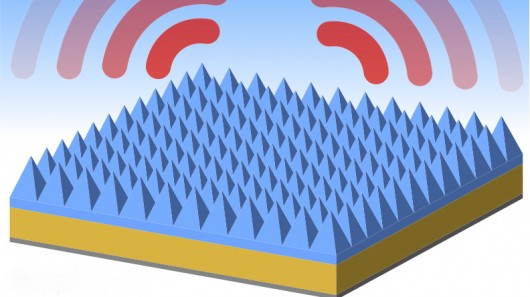
Photovoltaic cells are one of the more promising alternative energy sources. Mechanically they are very simple, with no moving parts, and are clean and emission-free. Unfortunately they are also inefficient. One of the reasons for this is that they overheat, a problem that a Stanford University team under electrical engineering professor Shanhui Fan is addressing with the development of a thin glass layer that makes solar cells self-cooling.
via Gizmag
Image: The Optical Society






